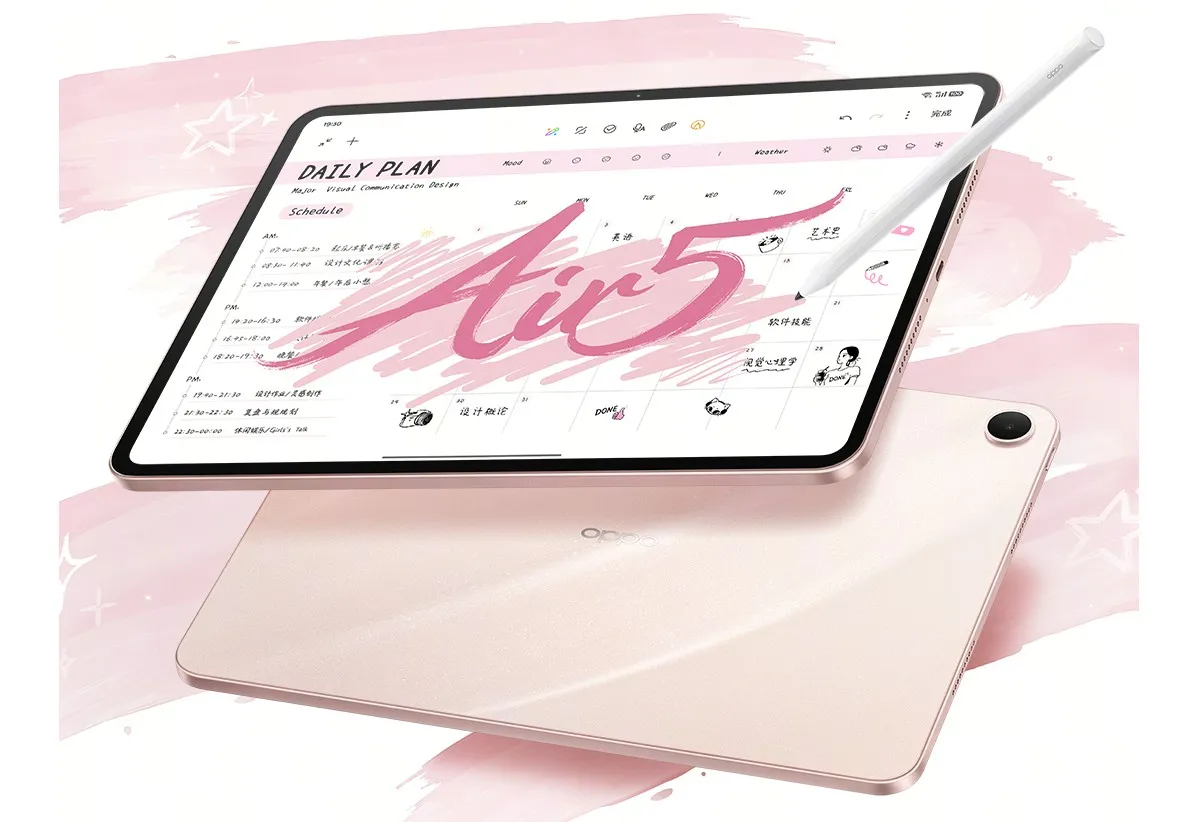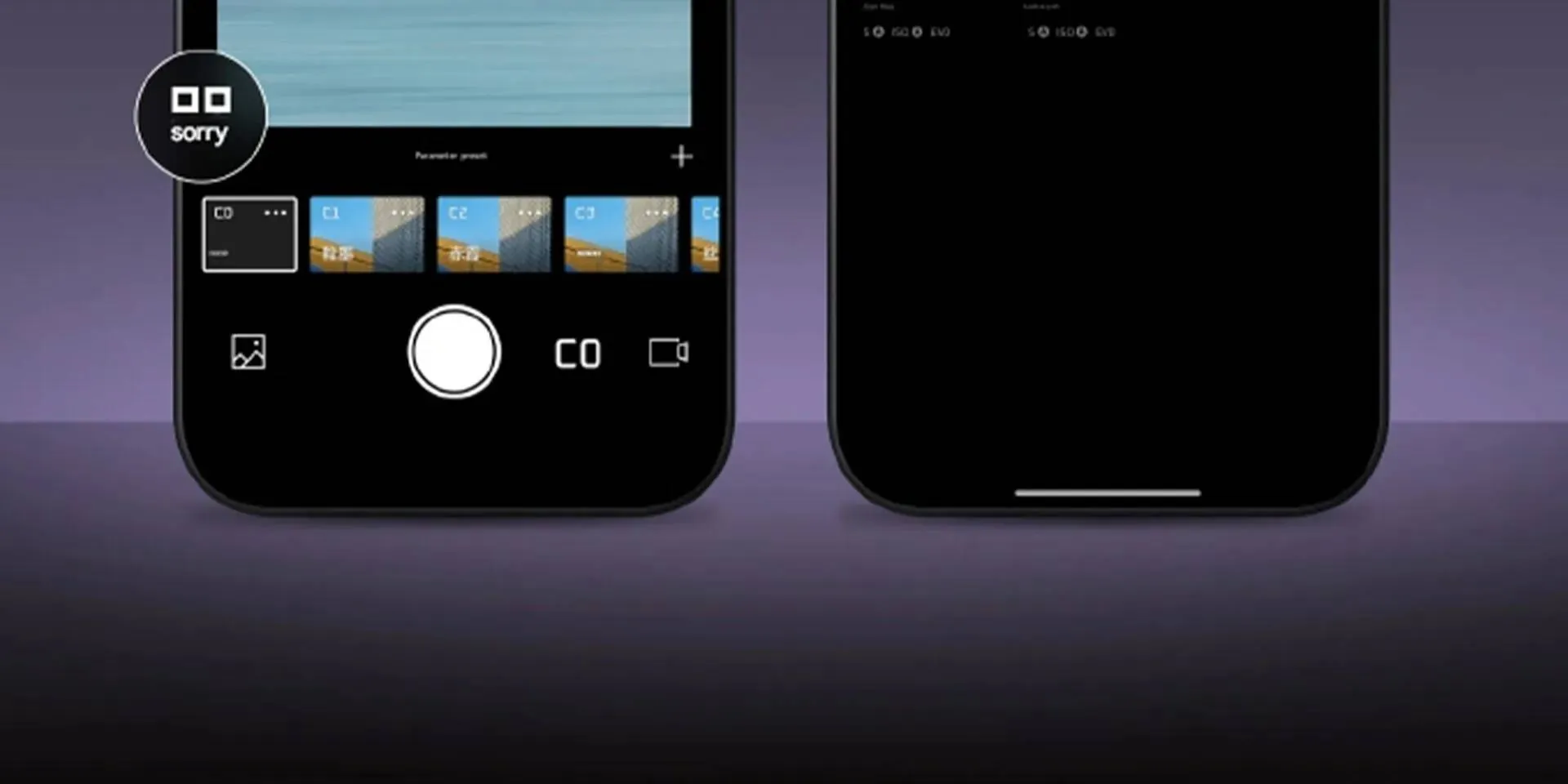
For years, WhatsApp users have grappled with the trade-off between image quality and data efficiency. Sending photos through the platform often resulted in significant compression, leading to a noticeable decline in detail. While sending photos as documents offered a workaround, it wasn't an ideal solution due to security concerns and lack of integration within the chat interface.
Sending Photos on WhatsApp: Striking the Balance Between Quality and Efficiency

Thankfully, WhatsApp introduced a more user-friendly option: sending photos in HD quality. This feature allows users to share images with less compression, preserving a greater level of detail compared to the standard option. However, it comes at the cost of increased file size, which can consume more storage space on both the sender and receiver's devices and utilize more mobile data during sending and receiving.
Currently, users have the flexibility to choose between three sending options: original quality (sent as a document), standard quality, and HD quality. The latter requires manually tapping the "HD" button before sending. Highlighting the need for a more permanent solution for users who consistently prioritize image fidelity.
Recent developments suggest that WhatsApp is addressing this need by introducing a new setting within the "Storage and data" section. This setting, labeled "Multimedia upload quality," will allow users to choose their preferred default sending quality – standard or HD. This eliminates the need to manually activate the "HD" button each time. Streamlining the process for users who consistently prefer higher-quality images.
While this is a welcome improvement, it's important to note that WhatsApp currently only offers control over the sending quality, not the receiving quality. This means users cannot dictate the quality at which they receive photos sent by others.
In conclusion, WhatsApp's introduction of HD photo sending and the upcoming "Multimedia upload quality" setting represent significant strides towards user empowerment. These features provide greater control over image quality. Enabling users to strike a balance between preserving detail and managing data consumption based on their individual needs and preferences. However, the lack of control over receiving quality remains an area for further development. Allowing users to fully customize their photo-sharing experience within the platform.
Popular News
Latest News
Loading






